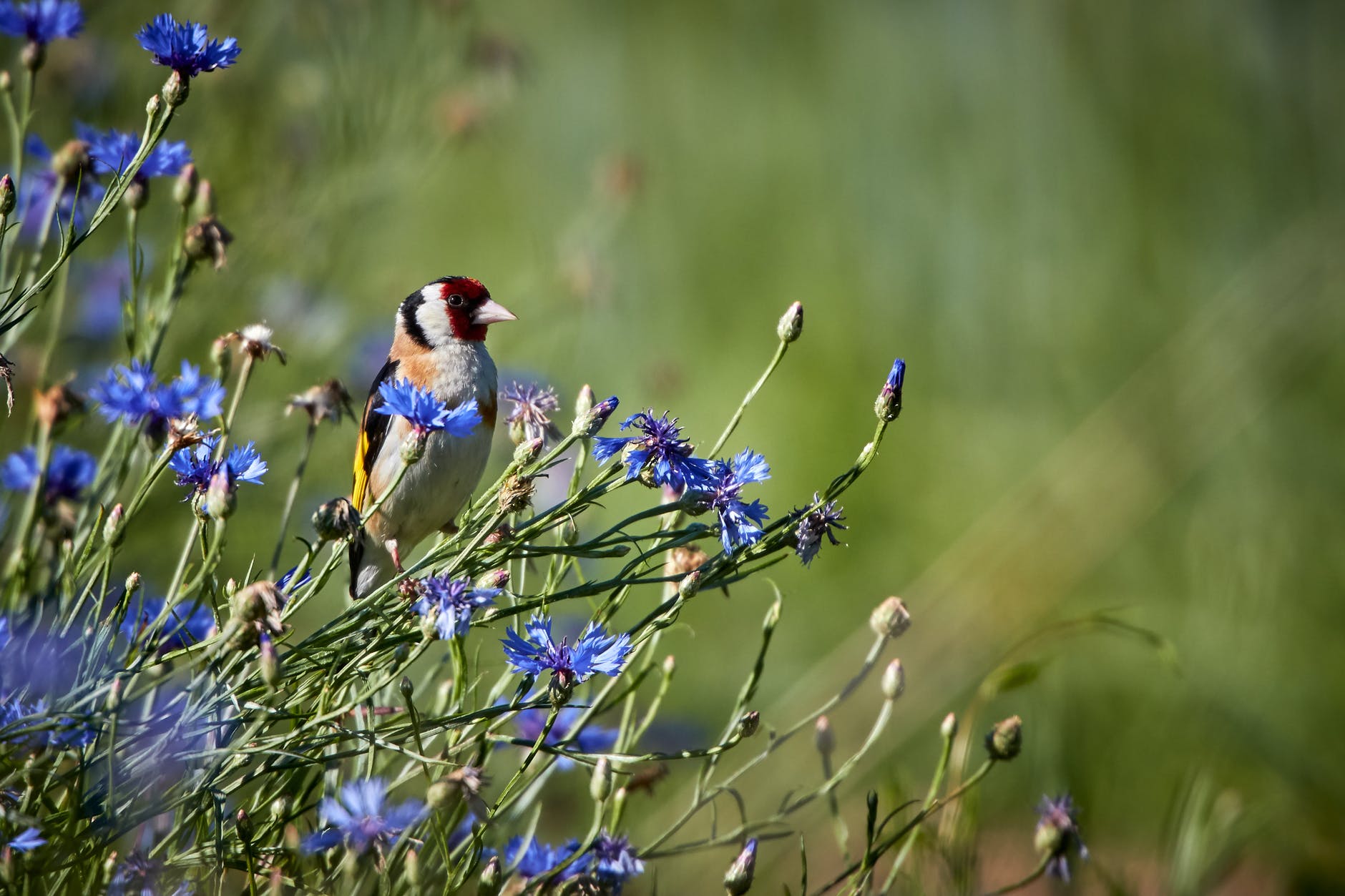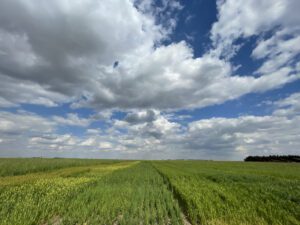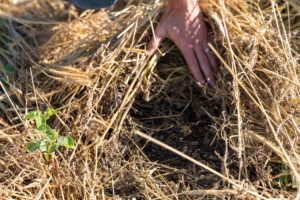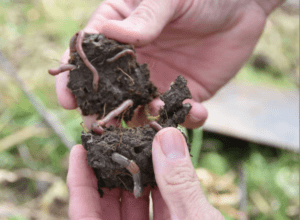
Warm spring temps have everyone antsy and excited to get outside and plant. According to the soil temperature map, most regions across the country are reporting higher than average soil temperatures, which means planting really could come sooner compared to past years. We understand the temptation to get out into the fields as quickly as possible and if you’re considering planting a spring cover crop, it is always best to have the seed on hand so you can be prepared when the perfect planting opportunity presents itself. We want you to have great success with your cover crop and encourage taking a step back to look at the whole picture before rushing to get seed in the ground. Here are some things to consider before heading to the field with your spring seed.
What is your current soil temperature?
Cool season species such as oats and peas need soil temps of at least 40 degrees F to germinate. You can check your field’s soil temperature using a thermometer (a meat thermometer works great) read at 2″ in the ground in early morning, before the sun has had time to warm the ground. You can also check the Greencast website to check your area’s soil temp.
What do the history books say?
Check your average, historical soil temperature, rainfall, and ambient temps. This information can help you evaluate how likely a cold snap in the coming weeks will be. Are you in an area with historically wet spring conditions? Perhaps getting something planted early before the rain starts will be a huge benefit.

What is the weather man forecasting?
Take a look at the weather forecasting. What does the 10 day forecast look like? If predictions for a big temperature drop are on the way, it may be best to hold off on planting for now. On the contrary, if you see a prediction for a good shot of rain that will create a mud mess for the next month, planting now might be the best option. Species like oats and peas generally take a week and a half to two weeks to emerge so consider that when looking at the long range forecast. Keep in mind though, that a mix of oats and peas that is germinated and out of the ground will winter kill if temps drop into the low 20s.
How deep can you plant?
If you are planting a simple mix with large seeds, don’t be afraid to plant a little deeper than normal. Species like oats, triticale, barley, and peas can handle a 1.5 – 2 inch planting depth. The deeper you plant (to a point, of course) the more time it takes for the growth point of the plant to emerge from the soil and be exposed to outside temperatures. A mix with small seeds such as collards or turnips, however, may not perform very well if planted too deep. Keep this in mind when designing a spring cover crop mix.

How active is your soil biology?
Depending on how far along you are on your regenerative journey, remember that biologically active soil helps to regulate soil temperatures. A soil alive with microbial activity will be warmer than one that is limping along, barely surviving. This temperature regulation is like insurance, a sort of buffer system protecting vulnerable seedlings still under ground. And perhaps you have a nice layer of residue on the ground. This is not only stimulating the soil biology, but also provides an additional physical barrier between potential cold air temps and germinating seeds.

Ultimately it’s up to you.
At the end of the day you are the farmer and you get to make the call. Our team is as excited as you are about the beautiful temperatures and an early spring green up! Your success is our priority and we look forward to working with you on your spring cover crop needs. Give us a call today at 402-469-6784 or check out our pre-made spring mixes on our website. If you want to learn more check out this YouTube video, featuring two of our expert sales representative.
Want to talk with one of our expert sales representatives?
Fill out this form or give us a call today. 402-469-6784.
